Watercolor Basics: Top Techniques for Watercolor
This post was made possible due to the generosity of my Patrons on Patreon, who are the sponsors of this blog. We see no outside sponsorship beyond the Patreon, and all ad revenue generated from this site goes directly towards maintenance, better equipment, and purchasing further materials for review. By joining out Patreon and becoming a backer, you help support content like this and ensure that it continues. Without backer support, longform series like Watercolor Basics would not be possible, and all support is much appreciated. For information on sponsoring a specific post, please check out my Info page or contact me via email using the sidebar widget.
By now you're probably itching to get to painting. You've got your paper. You've got your paints. You have your brushes, and you know how to stretch watercolors. You're ready to start practicing.
Well fear not, the wait is over! Today we're covering my favorite watercolor techniques for comics, and I've got lots of links below to get you fired up to paint!
Missed a post? Why not catch up?
Other posts in the Watercolor Basics series:
Paper and paint quality can make a huge difference in how these techniques work for you. With Canson Montval (my paper of choice for comics), wet into wet techniques often result in harsh edges and poor color mixing, but on Arches or Moulin du Roy, wet into wet techniques handle like a dream, and color diffusion is fantastic. With cheap paints, glazing techniques often turn to mud, but with Winsor and Newton paints, Daniel Smith, or Holbein, translucent colors glaze well (although you should reserve applying more opaque watercolors towards the end of your illlustration, as they will turn to mud with glazing regardless of paint or paper quality).
Materials Used in this Demonstration:
Fabriano Studio Watercolor (student grade, but with good texture)
Small welled palette
Variety of paints (Mission Gold, Turner, Holbein)
Handful of synthetic brushes
Clean water
Sharpie Marker
Kosher salt (larger surface area, also what I have on hand)
Masking fluid
Wax resist crayon
Paper towels
Watercolor Techniques
Washes
A wash is one of the most basic techniques- it's the application of pre-mixed paint+water to your paper. For large scale washes, most artists will use either a mop or a flat brush.
Gradiated Wash/Graduated Wash
A graduated wash is a little more complicated. You apply a layer of either water or paint, and then slowly apply another layer of more saturated color at the top, and allow gravity to help dissolve the new layer into the old. Some papers can handle these types of washes better than others.
Blotting
While your paint is still wet, you can use a paper towel or a rag to blot out color. This technique is useful for corrections, clouds, waves, ect.
Salt
Sprinkling salt onto damp (not wet) watercolors creates an interesting crystalline effect as the salt absorbs water, drawing pigment towards it.
Wax Resist
Applying wax before applying your color creates a 'resist', preserving the color below the wax (if using a clear wax crayon or candle)
Masking Fluid
Masking fluid, like wax resist, preserves the color of the area protected by the mask. Unlike wax resist, masking fluid is intended to be removable, although your results may vary (I always seem to have issues with it). Ideal use: apply when paper is completely dry, allow to dry 24 hours before painting over, allow all paint to dry 24 hours before removing. Even in that scenario, I have issues with masking fluid of various brands tearing up my paper (fluids tried: Schminke, shown above, Molotow Grafx, Le Masque)
Watercolor Techniques
Wet into Wet
Paint is applied into still wet paint to cause blending and blooming effects. Very common in gestural, abstract, or early stages of a piece.
Dry into Wet
Dry is a bit of a misnomer- you will need water to activate your paints, but your brush is relatively dry, and applying relatively dry pigment into still wet paint. Although the effect is more intense than wet into wet, the 'dry' paint will still diffuse into the wet paint.
Dry into Dry
Applying relatively dry paint onto actually dried paint. Great for details- usually used towards the end of a painting. Glazing over this may reactivate the paint, causing muddiness.
Wet into Dry
Also commonly referred to as 'glazing'. Applying washes over dried areas of paint. This can influence the color to varying degrees, depending on how saturated the wash is.
Masking Fluid (In Application)
As demonstrated, once the masking fluid is removed, it leaves a mark of white paper against blue paint.
In the above video and photos, I demonstrate a few common watercolor techniques as very distinct techniques, but in reality, most artists use a combination of several to achieve the effects they want. You'll probably have a few favorite and most used techniques that work for the majority of what you want to accomplish in your comics and illustrations, and a few that serve quite well for special effects and emotive
As you create pages and complete studies, you'll find out which techniques are your mainstays, and which techniques will on work on certain papers. There are many wet into wet techniques that work well on handmade cotton papers and higher quality mould made papers that are impossible to execute well on Montval cellulose paper, so I cannot use those techniques in my comics. There are techniques that work on cold press papers that will not work on hot press.
For a wider variety of techniques and uses, I highly recommend exploring the links included in the Resources and Second Opinions section. Rather than replicate and redistribute the information they covered, I focused only on my most commonly used techniques.
My Most Commonly Used Techniques
Washes
Used for: Toning the Page
Wax Resist
Used for: Preserving white borders around images, creating pools of color
Masking Fluid
Used for: Reserving areas of white that can later be painted over
Wet over Dry
Used for: Toning, building up form
Dry Over Dry
Used for: Small details, refiningWe have a techniques demonstration video in the To Edit queue, so if you need a live action explanation, keep an eye on the YouTube channel for that. If you have any questions, or need further demonstration, don't hesitate to contact me via the email form in the left sidebar.
Resources and Second Opinions:
8 'Techniques' for Beginners
7 Must Know, Widely Used Watercolor Techniques for Beginners
Painting With Watercolors- Watercolor Painting Tips
WatercolorPainting.com-Watercolor Techniques Hub Page
Abstract Watercolor Techniques
Watercolor Techniques: Blending
Watercolor Tips: Salt Lifting
Feathering From Dry Paint
7 Deceptively Simple Watercolor Techniques that will Amaze Your Students
How to Paint Leaf Wreathes (basically dry onto dry techniques)
Watercolors for Beginners: Blending Techniques
Floating Paint
Wet on Wet, Yet Again
Watercolors for Beginners: Fun Techniques
Having Trouble with these Techniques?
Here are some resources to help you troubleshoot or make corrections:
6 Common Watercolor Mistakes and How to Correct Them
5 Simple Solutions for Watercolor Problems
5 Beginner Watercolor Painting Mistakes
Find Me Elsewhere:
For Daily Updates: www.instagram.com/Nattosoup
To chat: www.twitter.com/Nattosoup
For more art tutorials, supply reviews, and con recaps: www.nattosoup.blogspot.com
For convention how-tos: www.howtobeaconartist.tumblr.com
To help support online art education: www.patreon.com/Nattosoup
For my portfolio: www.behance.com/Nattosoup
For digital downloads: www.gumroad.com/nattosoup
For physical goodies: www.nattosoup.com/products
For my comic: www.nattosoup.com/kara-comic




















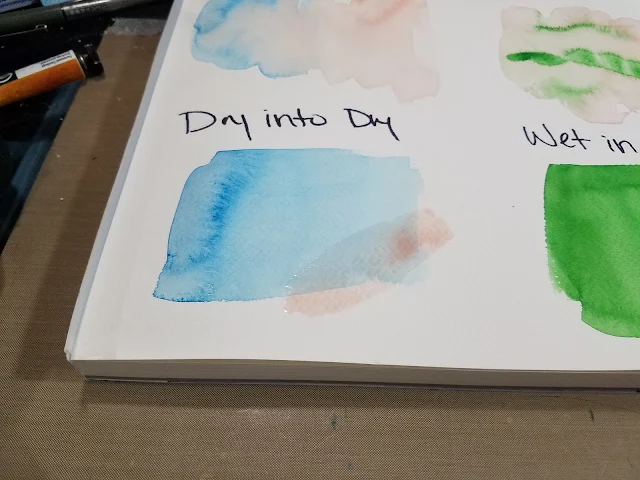










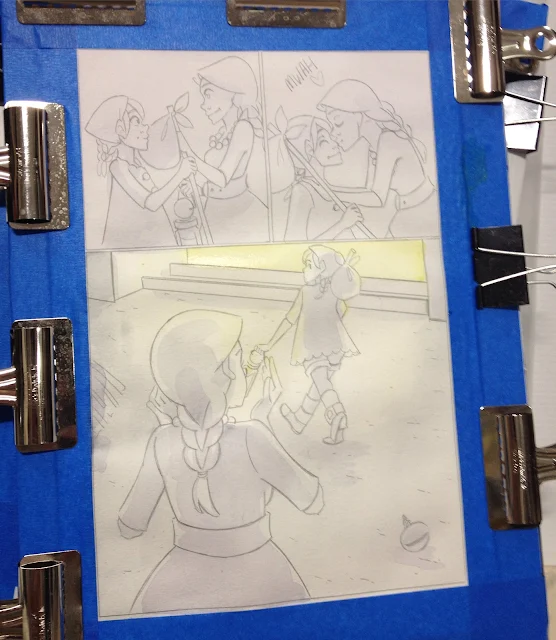


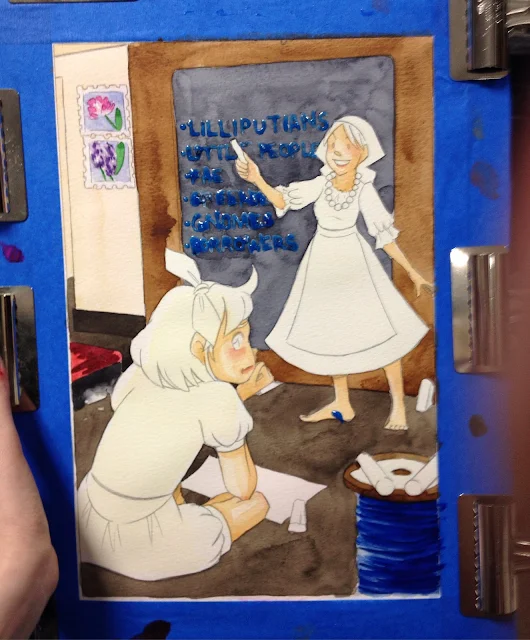


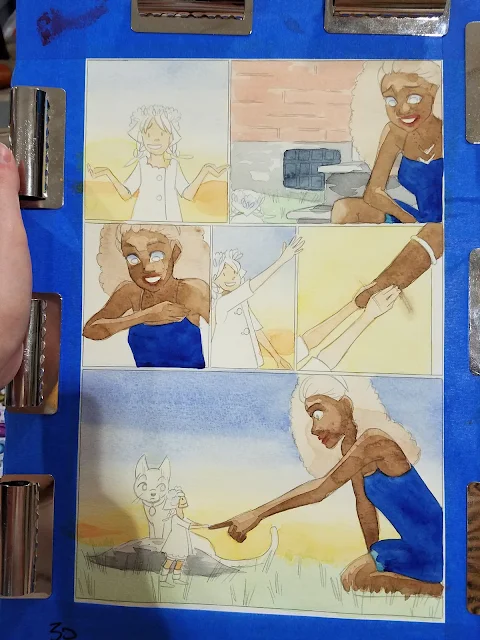
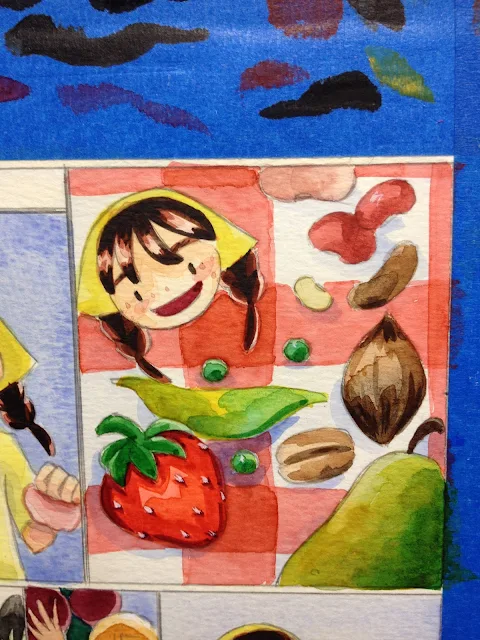


Comments
Post a Comment